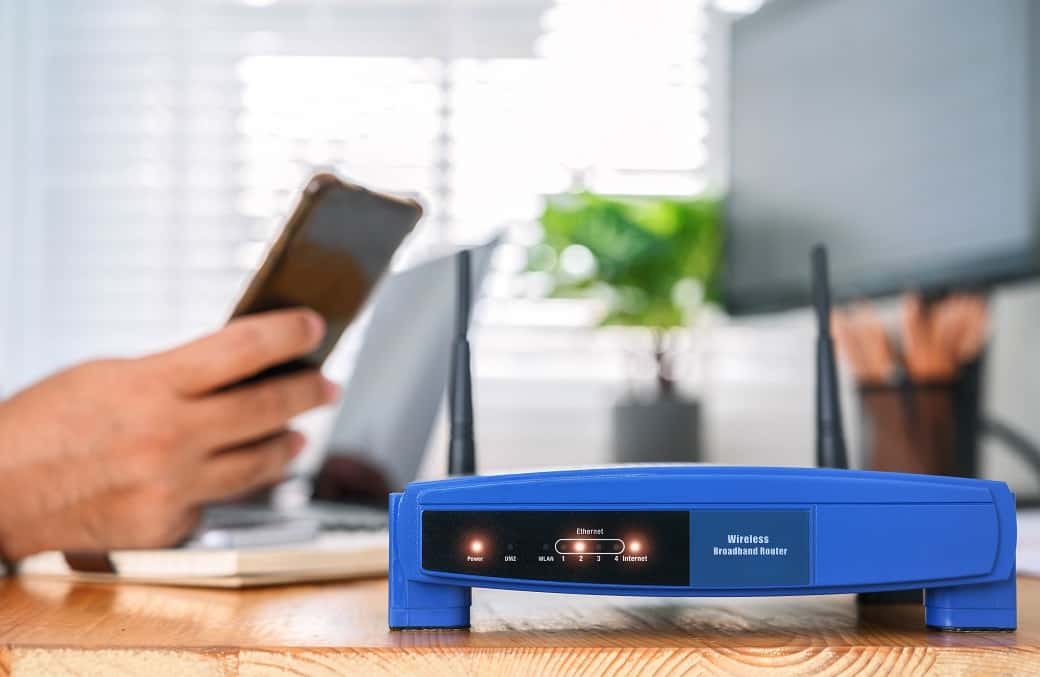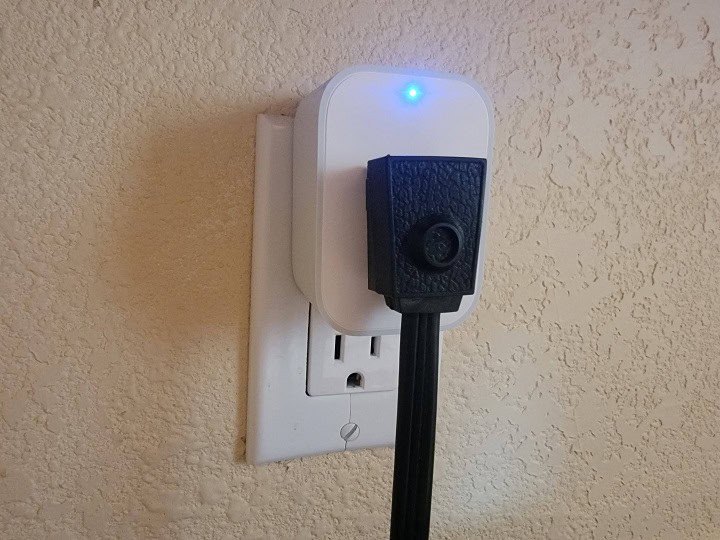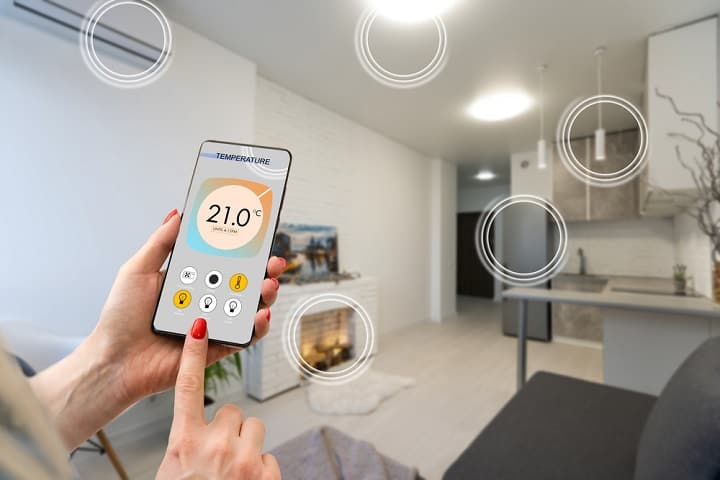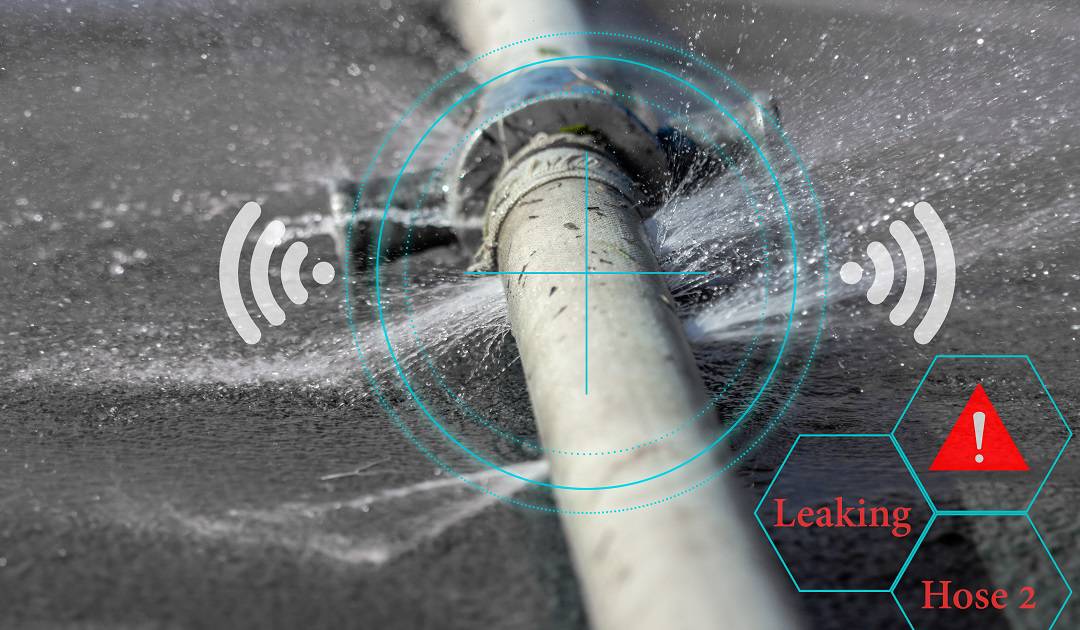In today’s digital age, having a reliable Wi-Fi connection at home is important. If you’re dealing with Wi-Fi dead zones or a weak signal, you might think the solution has to be expensive. But before you spend a lot, there are budget-friendly ways to boost your Wi-Fi range. This post covers practical steps like finding the best spot for your Wi-Fi router and tweaking its settings. It also looks at affordable hardware options, such as Wi-Fi extenders and powerline adapters. Plus, you’ll learn about the differences between mesh Wi-Fi systems and cheaper alternatives, helping you decide what suits your needs and budget.
Smart Router Placement and Settings
Finding the right spot for your router can make a big difference in your Wi-Fi range. Place the router in a central location in your home to allow the wireless signal to reach more areas. Avoid placing it near thick walls, metal objects, or large appliances that can block or weaken the signal. Elevating the router on a shelf or mounting it on a wall can also help improve coverage.
Adjusting the basic settings on your router can also help improve your Wi-Fi signal. Start by selecting a less crowded Wi-Fi channel, which can reduce interference from other networks. Most routers have a setting for this in their admin panel. If your router supports dual-band frequencies, try using the 5 GHz band for better performance, as it is often less congested. Ensuring your router’s firmware is up to date can also enhance its performance and security.
Low-Cost Hardware Additions
Using Wi-Fi extenders is one way to widen your home’s Wi-Fi coverage without spending too much. These devices receive your existing Wi-Fi signal and then rebroadcast it, helping to extend the reach of your wireless network. A WiFi extender is relatively easy to set up and can be placed in areas where your Wi-Fi signal is weak or doesn’t reach at all. By strategically positioning these Wi-Fi extenders, you can cover more ground within your living space.
Another affordable option is using a powerline adapter to extend your Wi-Fi coverage. These devices use your home’s electrical wiring to transmit internet signals, allowing you to create a second access point in areas where Wi-Fi struggles to reach. Powerline adapters are especially useful in homes with thick walls or multiple floors that block wireless signals. Setup is simple—just plug one adapter into an outlet near your router and connect it via Ethernet, then place the second adapter in another room to provide a wired or wireless connection. This is a budget-friendly way to expand your network without running long cables or installing expensive hardware.
Another budget-friendly way to extend your Wi-Fi network is by repurposing an old router as a secondary access point to create a pseudo mesh network. Many older routers can be configured in access point mode or set up as a wireless bridge to extend your existing network. By connecting an old router to your current router via Ethernet or powerline adapter, you can create a secondary Wi-Fi hotspot in another part of your home. We usually recommend a ethernet cable connection for the best results. This helps improve coverage without the need for expensive mesh systems. Just make sure to update the firmware on the old router and set it to a different Wi-Fi channel to minimize interference with your main WiFi network.
Mesh Wi-Fi Systems Versus Budget Methods
When considering ways to extend your Wi-Fi range, it’s useful to compare mesh Wi-Fi systems with more budget-friendly methods. Mesh systems generally come with a higher price tag. They consist of multiple wireless devices that work together to provide coverage throughout your home. The setup for mesh systems is often straightforward, as they are designed to connect seamlessly with each other, creating a unified network. In contrast, budget methods like Wi-Fi extenders or using older routers as a secondary access point usually cost less upfront. Setting these up might require a bit more technical know-how, as they often need manual adjustments to ensure they work effectively with your existing network.
Coverage and performance are also important factors to weigh. Mesh Wi-Fi systems are typically more reliable and provide faster speeds across a wider area. This can be especially beneficial in larger homes or those with multiple stories. Budget methods might not offer the same level of performance as these newer routers, particularly if there are obstacles like thick walls or interference from other devices. While they can improve coverage in smaller areas or specific zones, they may result in slower speeds or occasional dropouts. Choosing between these options often depends on your specific needs and the size of your living space.
In Summary
Improving your home’s Wi-Fi range doesn’t have to be costly. By adjusting the placement and settings of your wireless router, you can enhance your coverage and signal strength effectively. Adding low-cost hardware like a Wi-Fi extender or powerline adapter can further boost your network without a big investment. While mesh Wi-Fi systems offer comprehensive coverage, they also come with a higher price. Budget methods, though more affordable, can still meet your needs if you’re willing to make a few adjustments. Ultimately, the best choice depends on your home’s size and your specific connectivity requirements.




